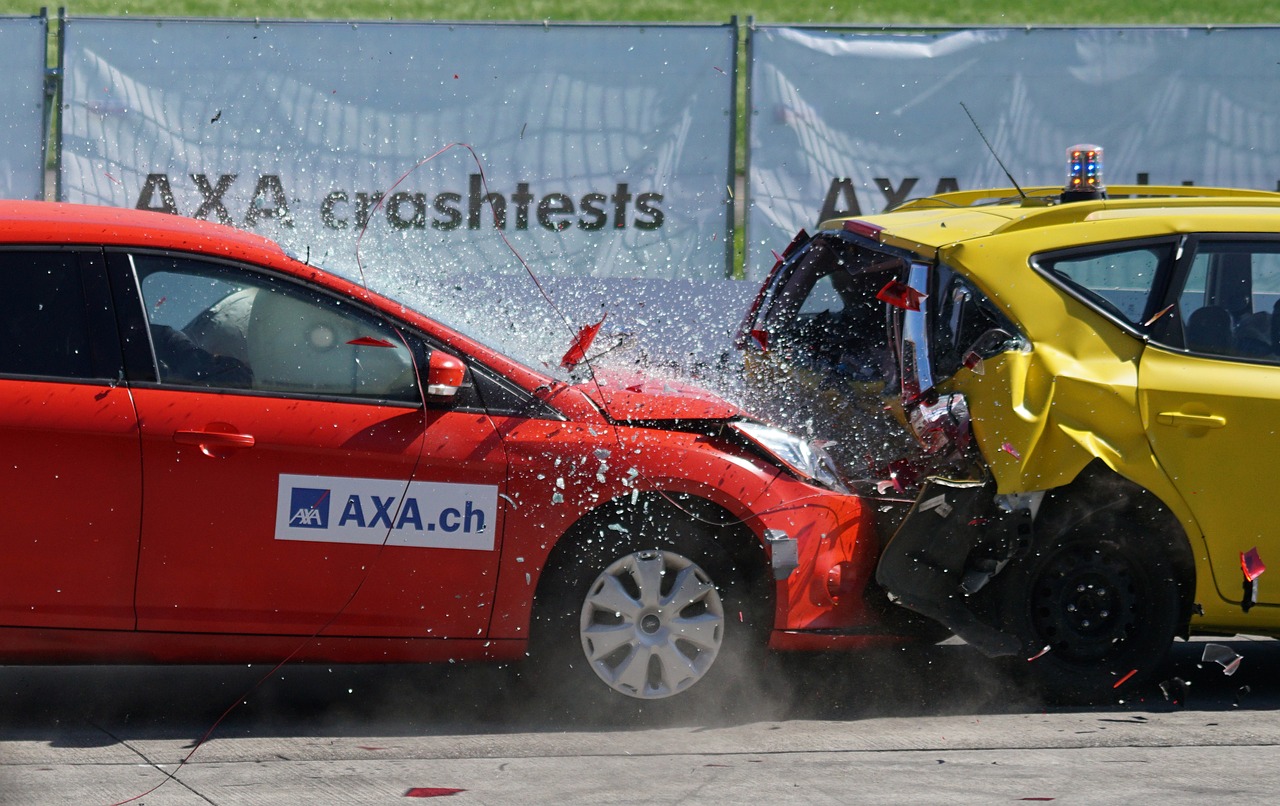Understanding Rear-End Collisions
Rear-end collisions are one of the most common types of car accidents, accounting for approximately 29% of all crashes. These accidents occur when the front bumper of one vehicle collides with the rear end of another vehicle.
While the majority of rear-end collisions are caused by negligence, determining liability can be complex. In this comprehensive guide, we will explore the legal aspects of rear-end collisions, common injuries associated with these accidents, and the steps you should take to protect your rights and seek compensation.
Understanding Liability in Rear-End Collisions
In most cases, the driver of the rear vehicle is considered at fault in a rear-end collision. This is due to the universal road rules that require drivers to follow vehicles at a safe distance. Known as the “tailgating” driver, they are expected to maintain a safe distance from the vehicle in front to allow for sufficient reaction time in case of sudden stops or changes in traffic conditions. When the tailgating driver fails to maintain a safe distance and collides with the vehicle in front, they are typically held responsible for the accident.
While the tailgating driver is often held liable, there are instances where the driver of the lead vehicle may be partially at fault. For example, if the lead driver suddenly reverses or merges without providing adequate space, they may share some responsibility for the collision. However, these circumstances are relatively rare and can be challenging to prove.
Seeking Compensation and Protecting Your Rights
If you have been involved in a rear-end collision caused by another driver’s negligence, you may be entitled to compensation for your injuries, medical expenses, property damage, and other losses. To protect your rights and increase your chances of receiving fair compensation, it is crucial to take the following steps:
1. Seek Medical Attention
After a rear-end collision, your health and well-being should be your top priority. Even if you do not experience immediate pain or visible injuries, it is important to seek medical attention as some injuries may have delayed symptoms. Prompt medical evaluation can also help establish a connection between your injuries and the accident.
2. Document the Accident
Gathering evidence is essential when seeking compensation for a rear-end collision. Take photographs of the accident scene, including the points of impact, relevant road signs, and weather conditions. Additionally, obtain a copy of the police incident report, which may contain valuable information about fault and any citations issued.
3. Collect Witness Information
If there were witnesses to the accident, obtain their names and contact information. Eyewitness testimony can provide crucial support when establishing fault and liability in a rear-end collision.
4. Notify Your Insurance Company
Contact your insurance company to report the accident and provide accurate information about the incident. However, exercise caution when discussing the details of the accident, as insurance companies may use any statements against you to minimize or deny your claim.
5. Consult with an Experienced Lawyer
Navigating the legal complexities of a rear-end collision can be challenging, especially when dealing with insurance companies and determining fault. Consulting with an experienced Boulder Rear-End Accident Lawyer (or a similar lawyer anywhere you desire) can help you understand your rights, evaluate your case, and advocate on your behalf to ensure you receive fair compensation for your injuries and losses.
Common Injuries in Rear-End Collisions
Rear-end collisions, even at low speeds, can result in various injuries due to the force of the impact. Some of the most common injuries associated with these accidents include:
1. Whiplash
Whiplash is a common injury caused by the rapid back-and-forth motion of the head during a rear-end collision. It occurs when the impact jerks the victim’s body forward while the head remains fixed, resulting in a severe motion similar to that of a whip. Although whiplash is often considered a minor injury, it can have long-term painful effects on the neck and soft tissues.
2. Disk Herniation
The force of a rear-end collision can compress the spine or cause dislocation of disks at the base of the spinal column, leading to a condition known as “disk herniation”. This injury can be extremely painful and may require medical intervention, such as physical therapy or even surgical procedures, to alleviate symptoms.
3. Facial Injuries
During a rear-end collision, drivers may forcefully strike their face against the steering wheel, resulting in disfigurements from fractures or permanent scarring. Airbags, designed to protect occupants, can also cause burns on the facial area or scalp. Wearing a seatbelt and observing safety measures can help minimize the severity of these injuries.
4. Spinal Injuries
The sudden impact of a rear-end collision can cause damage to the spinal cord and surrounding tissues. This can result in temporary or permanent paralysis, depending on the severity of the injury. Spinal cord injuries often require extensive medical care, rehabilitation, and may leave the victim with long-term disabilities.
5. Broken Bones
Even in low-speed rear-end collisions, victims can sustain broken bones due to the impact. Airbags can cause fractures in the face, hands, or arms, while legs and knees can break from hitting the dashboard. The severity of these fractures can vary, with some requiring multiple surgeries and prolonged recovery periods.
It is important to note that injuries from rear-end collisions can range from mild to severe, and immediate medical attention should be sought after any accident to ensure proper diagnosis and treatment.
Conclusion
Rear-end collisions can have significant consequences, resulting in injuries, property damage, and financial losses. Understanding liability and taking the appropriate steps to protect your rights is crucial in seeking compensation for your injuries and damages. If you have been involved in a rear-end collision, consult with an experienced attorney who can guide you through the legal process and help you achieve a fair resolution.
Remember, each case is unique, and the information provided in this guide is not legal advice. Consult with a qualified attorney for personalized guidance based on your specific circumstances.







0